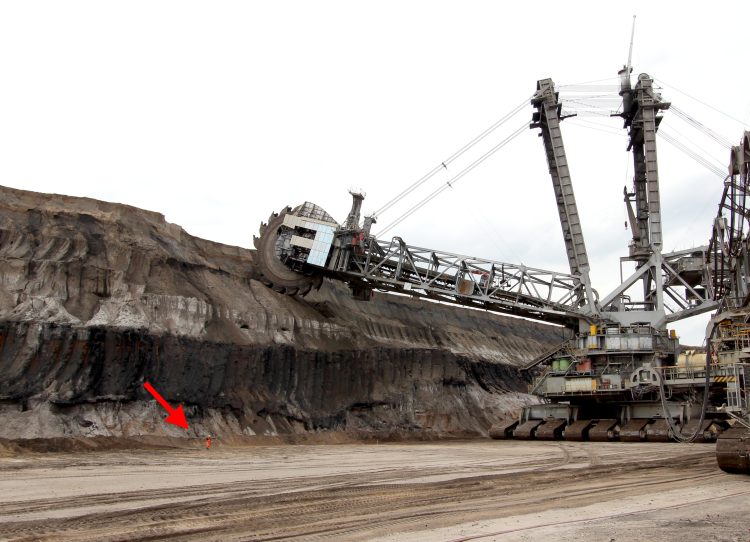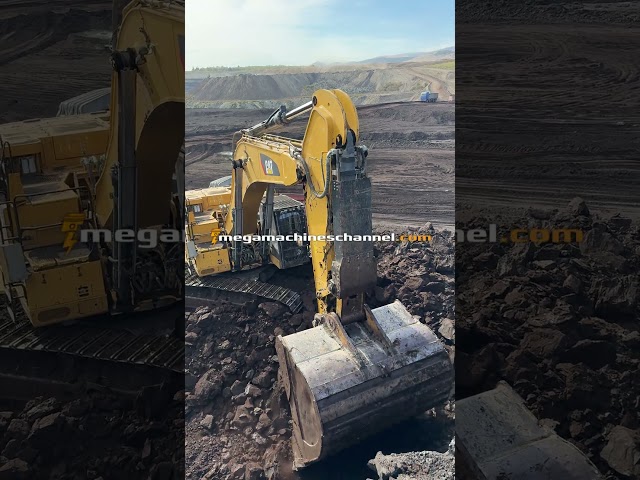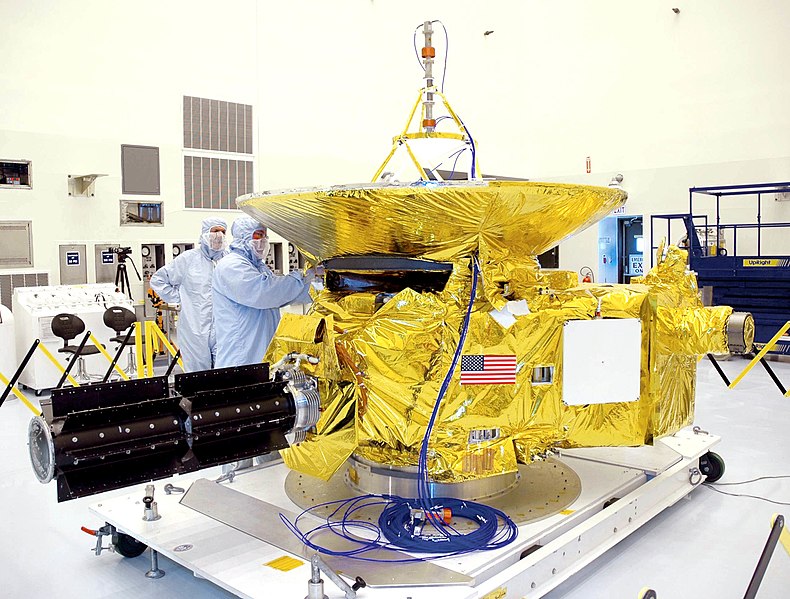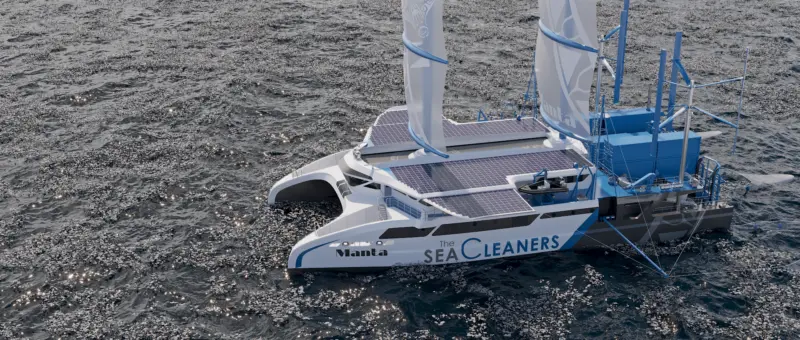The Bagger 288, along with its twin counterpart, the Bagger 289, holds the title of being the largest off-road tracked vehicle globally. This colossal machine is a bucket wheel excavator designed specifically for surface coal mining. It was manufactured in 1978 by Krupp for the mining company RWE Rheinbraun. The construction of the first of its 21 models required five summers, and these excavators, known as “Baggers” in German, continue to be utilized and sold by Krupp.
Its primary purpose is to remove the top layer of earth to access the coal seams beneath. The Bagger boasts impressive dimensions, stretching 240 meters in length and towering at 96 meters tall. It has a remarkable daily clearance capacity of 240,000 tons, with a total weight of 13,500 tons. This giant excavator requires a substantial power supply of 16.5 megawatts. Its central body can ascend at a rate of 10 meters per minute or 600 meters per hour. Supported by three sets of four tracks, each 3.8 meters wide, it navigates rugged terrain with ease.
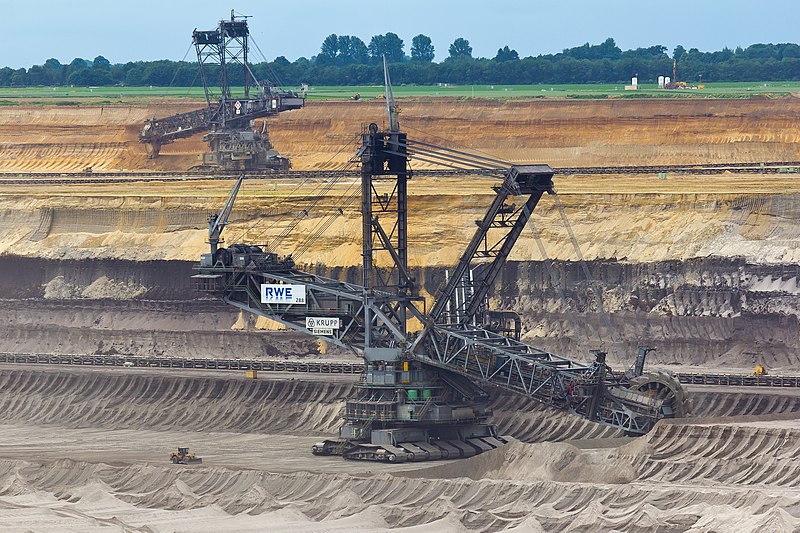
Read also –> The Liebherr LR 13000: The most Powerful Crawler Crane in the World
Quick overview:
- The operation of the Bagger necessitates 16.56 megawatts of externally supplied electricity.
- It can move at a speed of 2 to 10 meters (6.6 to 33 feet) per minute, equivalent to 0.1 to 0.6 kilometers per hour.
- The main section’s chassis is 46 meters (151 feet) wide and rests on three rows of four caterpillar track assemblies, each 3.8 meters (12 feet) wide.
- It boasts a minimum turning radius of approximately 100 meters and can ascend slopes with a maximum gradient of 1:18.
- The excavating head itself measures 21.6 meters in diameter and contains 18 buckets, each capable of holding 6.6 cubic meters (8.6 cubic yards) of overburden.
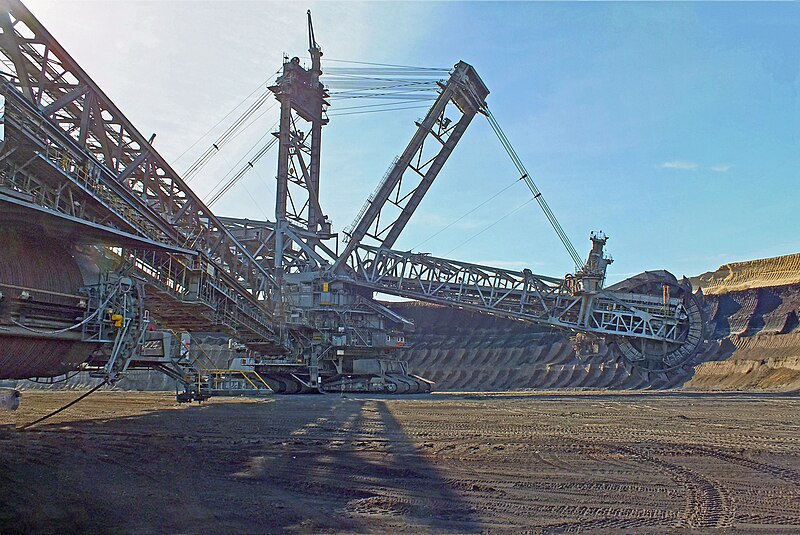
Read also –> Apollo to Artemis: Why America is betting Big on Private Space
By February 2001, the excavator had fully exposed the coal deposit at the Tagebau Hambach mine and was subsequently no longer required there. Within three weeks, it completed a 22-kilometer (14-mile) journey to the Tagebau Garzweiler site, traversing Autobahn 61, the Erft River, a railway line, and multiple roads. This relocation incurred a cost of approximately $10 million USD and involved a team of seventy workers.
